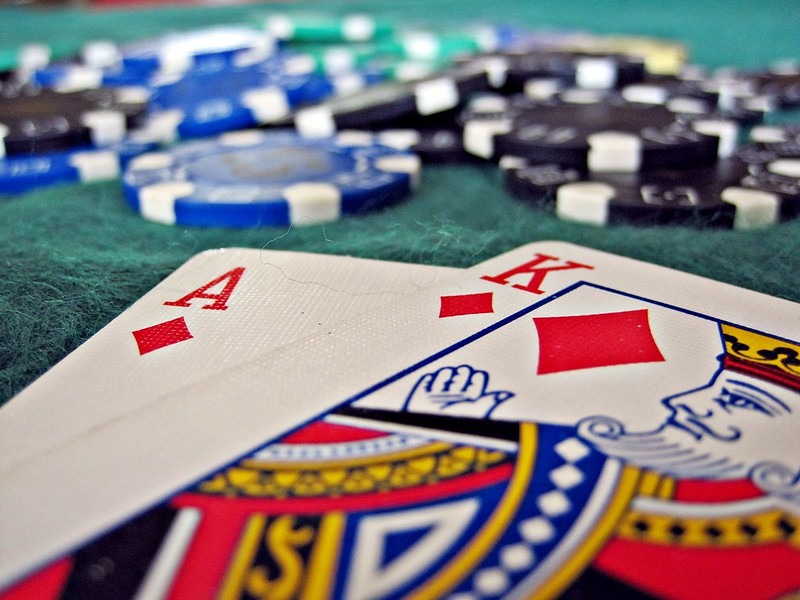Understanding when to hit in blackjack is crucial for improving your game and boosting your chances of winning. Blackjack blends strategy and luck, so knowing precisely when to take an extra card—or when to hold back—is essential.
Players who master these basic rules can significantly reduce the house edge and improve their overall experience at the table. By carefully examining your hand, considering the dealer’s visible card, and employing basic strategy charts, you can make informed decisions. Understanding the delicate balance between risk and reward ensures you’re playing optimally every round, giving you the confidence needed to play smartly and consistently. If you’re looking to experience blackjack in a secure environment, explore reputable online casinos for a trusted gaming experience.
When You Should Hit in Blackjack
Know Your Hand Clearly
Evaluate your current hand carefully. If your total is 11 or less, confidently hit, since you cannot bust with the next card. It’s a safe move that helps build towards a stronger total.
Watch the Dealer’s Card
Always pay close attention to the dealer’s upcard. When the dealer shows a card from 7 to Ace, and your total is between 12 and 16, hitting is generally advisable. This scenario usually favors taking the risk for a potentially stronger hand.
Trust Basic Strategy Charts
Basic strategy charts offer optimal moves for every player and dealer combination. These charts indicate statistically advantageous decisions, clearly showing when hitting provides the best odds based on the specific scenario.
The Dealer’s Rule of 17
Keep in mind that dealers typically hit until reaching 17 or above. Understanding this rule allows you to strategically decide whether to hit or stand, especially with marginal hands around 16 or lower.
Risk Versus Reward
Hitting involves balancing the potential risk of exceeding 21 against the possible benefit of improving your hand. Hit when the potential reward of strengthening your hand significantly outweighs the chance of busting.
Situations to Hit in Blackjack
Totals Under 12
Always hit when your total is less than 12. There’s no possibility of busting with a single card, making this an easy and risk-free decision.
When Your Total is 12 or 13 Against Dealer’s 2
A dealer’s upcard of 2 is deceptive, as they could easily build a strong hand. If you have a total of 12 or 13, it’s better to hit to improve your chances, even with a slight risk of busting.
Low Hands Against Dealer’s Strong Card
If your total is less than 17 and the dealer shows a high card (7 to Ace), hit to improve your chances of reaching at least 17. Even if the risk of busting is present, it’s a necessary step to remain competitive.
Soft Hands Against Dealer’s Strong Card
With a soft hand (Ace counts as either 1 or 11), always hit if your hand is soft 17 or soft 18 against a dealer’s 9, 10, or Ace. This flexibility ensures you’re protected from busting while maximizing your chance to beat the dealer.
When Not to Hit in Blackjack
When Surrendering Makes Sense
If surrender is available, opt for it with a 16 against the dealer’s 9, 10, or Ace, and a 15 against a 10 or Ace. This strategic retreat saves half your stake rather than risking total loss.
Hand Totals of 17 or More
With totals of hard 17 or higher, standing is your safest move. Trust your hand and avoid unnecessary risks—let the dealer potentially bust instead.
Facing Dealer’s Bust Card
When the dealer shows cards from 2 to 6, their likelihood of busting increases significantly. You should stand on totals of 12 or higher, taking advantage of the dealer’s weaker position. However, remember the exception: hit on totals of 12 or 13 against a dealer’s 2.
When Splitting is a Better Option
Splitting pairs can often yield better outcomes than hitting. Always split aces and 8s, consider splitting 4s if allowed, and avoid splitting 10s. These guidelines offer more advantageous scenarios compared to simply taking another card.
When Doubling Down Offers an Advantage
Doubling down can maximize profits under the right conditions. Common doubling scenarios include totals of 11, soft 16, 17, 18, or hard 9 and 10. Doubling rather than simply hitting can significantly enhance potential winnings.
Final Thoughts
Knowing precisely when to hit and when not to in blackjack transforms the game from a simple gamble into a skillful pursuit.
Properly utilizing basic strategy, staying mindful of your hand relative to the dealer’s visible card, and understanding the nuances of game rules like the dealer’s mandatory hitting policy ensure you make smart, confident decisions at the table.
While blackjack remains partly a game of chance, consistent and informed strategies dramatically tilt the odds in your favor, making the gaming experience more rewarding and enjoyable.

